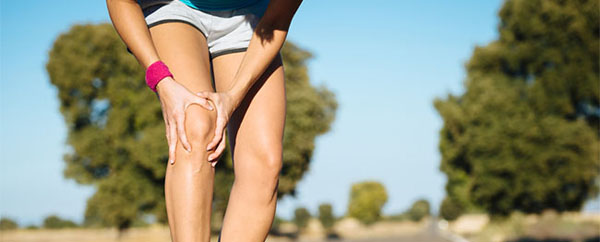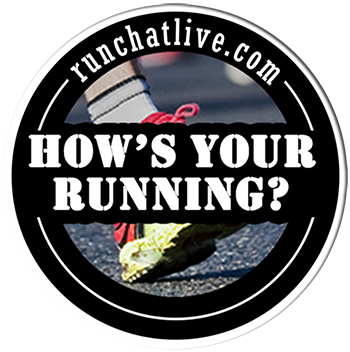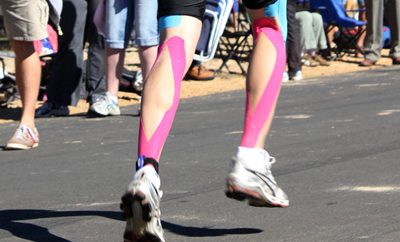ITB Syndrome: How To Recover?

“”I’ve been told I’ve got ITB syndrome and have had to pull out of the marathon I was training for. I’ve only been running since last November and I only got my longest run to around 12 miles and then the outside of my knee got very painful and I couldn’t run anymore. It’s really hilly where I live and I wondered if that might have something to do with it?””
– Amet P.
Matt answers…
Thanks for the email, Amet. Sorry to hear you have had to pull out of the marathon (very frustrating I am sure) but congratulations on getting up to 12 miles after taking up running just 4 months ago. A fantastic achievement; your training has not been vain as you obviously have great potential.
The exact mechanics behind ITB syndrome is still unknown but experience suggests that though the symptom is on the outside of the knee, the source of the issue can be up at hip level. I will expand on this in an ‘in depth article’ next month so make sure you subscribe to the website to get a notification. Your physio could well benefit from having a look at how your hips move when you run, not just focussing on your knee. Above all, your training habits need to be considered as well given that in 80% of running related injury, inappropriate training levels (loading) are a key factor.
Pain can be reduced through rest, ice, anti-inflammatory medication and a little education on what pain is (see last month’s article). At some point, running needs to become part of your rehab even if it twinges a little; removing fear of movement plays a great part in rehab. As well as a program to strengthen the glutes, performing conscious drills whilst out running may help. Research shoes that runners with a narrow gait (i.e. whose feet cross over an imaginary midline when they run) can place less stress on the ITB by widening their gait by a just a few centimetres (more info will be given in my in depth article).
Hill training can be an excellent way to build strength & resistance to injury but poor technique can sometimes lead to knee pain. Though the temptation is to take longer strides and ‘drag’ yourself up the hill, this can lead to over-use of the quads and tensor fasciae latae (TFL); the TFL is connected to the ITB and its overuse may be a factor in ITB syndrome.
My cue for hill running is imagine you are on a broken conveyor belt. Move it by driving down and backwards; this will engage the glutes. Also, try to increase your step rate (not your speed); your hamstrings will work a little harder and your heels come a little higher. Developing this ‘circular’ motion is something a running coach should be able to help you with.
I hope this reply serves useful to you Amet. As always, stay in touch and let me know how it goes!
Have you ever suffered from ITB issues? How did you sort it? Whether you are a therapist, coach or runner we would love to hear from you in comments section below!
Related Posts
Warm Up: Should I Stretch?
“I always stretch before my runs but a friend told me the other day that I shouldn’t bother as it can make you run slower? Should I stop or could this increase risk of injury? My calves are always tight so I am worried.”
Plantar Fasciitis: What Can I Do?
“I’ve started getting a dull achy pain in the sole of my foot and back towards my heel. It doesn’t hurt all the time but bothers me when I run and walk sometimes. I know that I have a tight calf in that leg and have to wear high heels for work. What should I do?”
Brace or Kinesio Tape: Which?
“I’m having knee problems at the moment and have had to stop running. My physio has given me a knee brace to wear, but my trainer says I shouldn’t wear it and instead use kinesio tape. I’m really confused.”






0 Comments